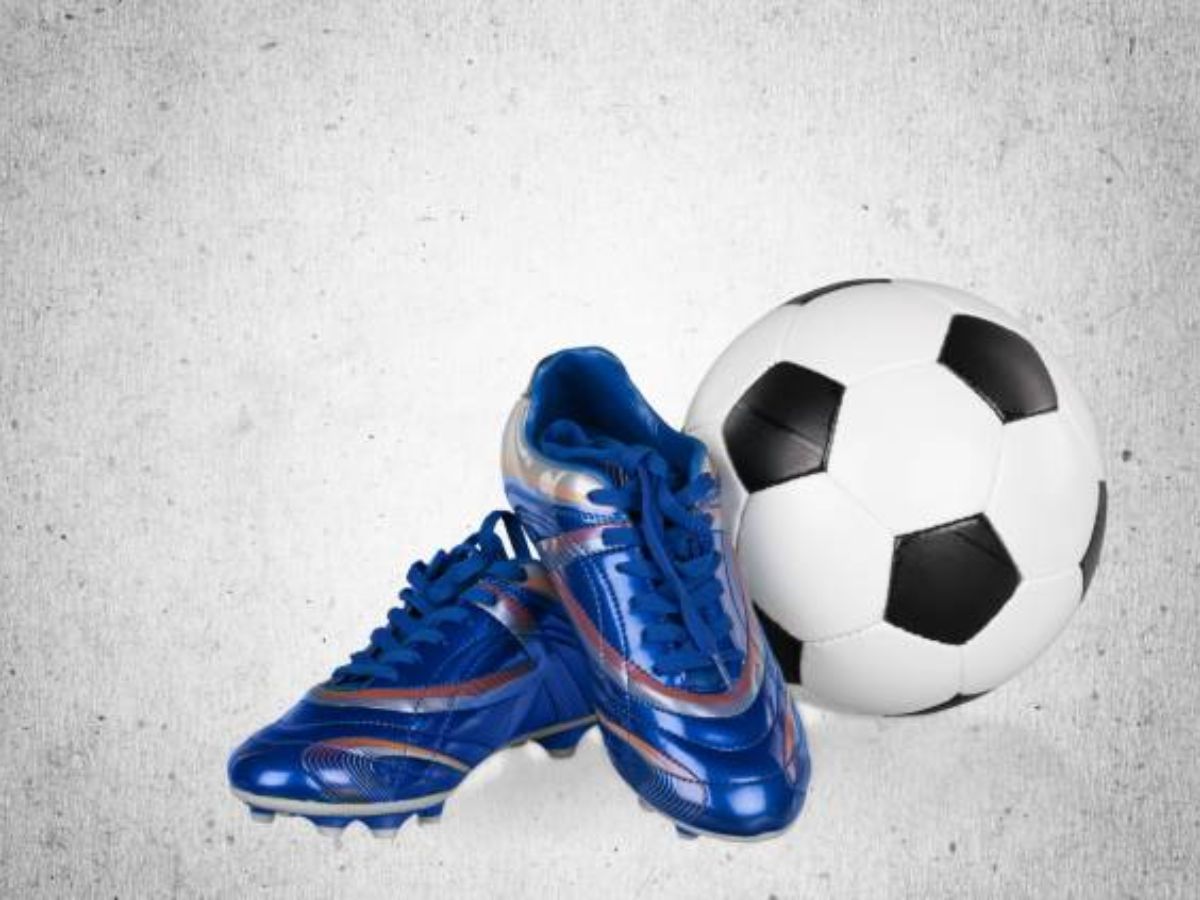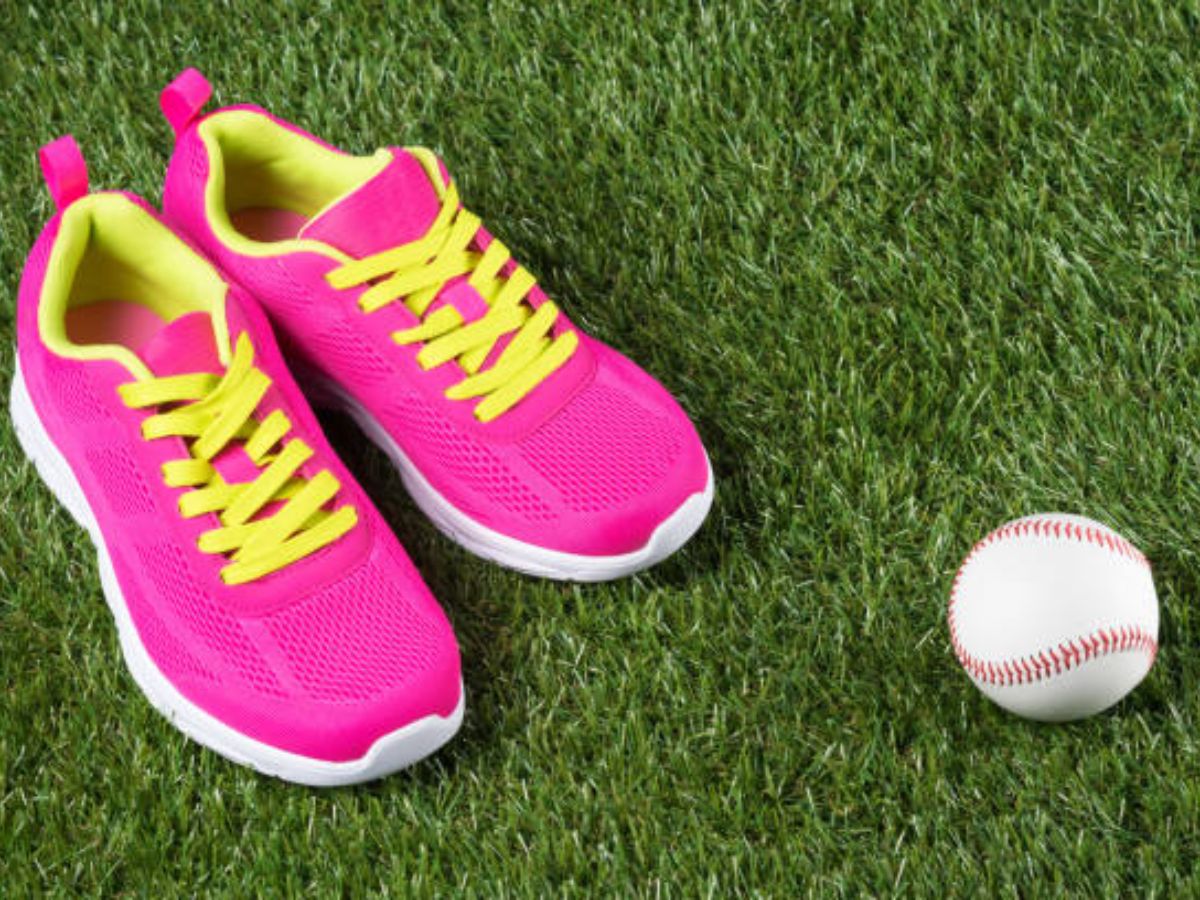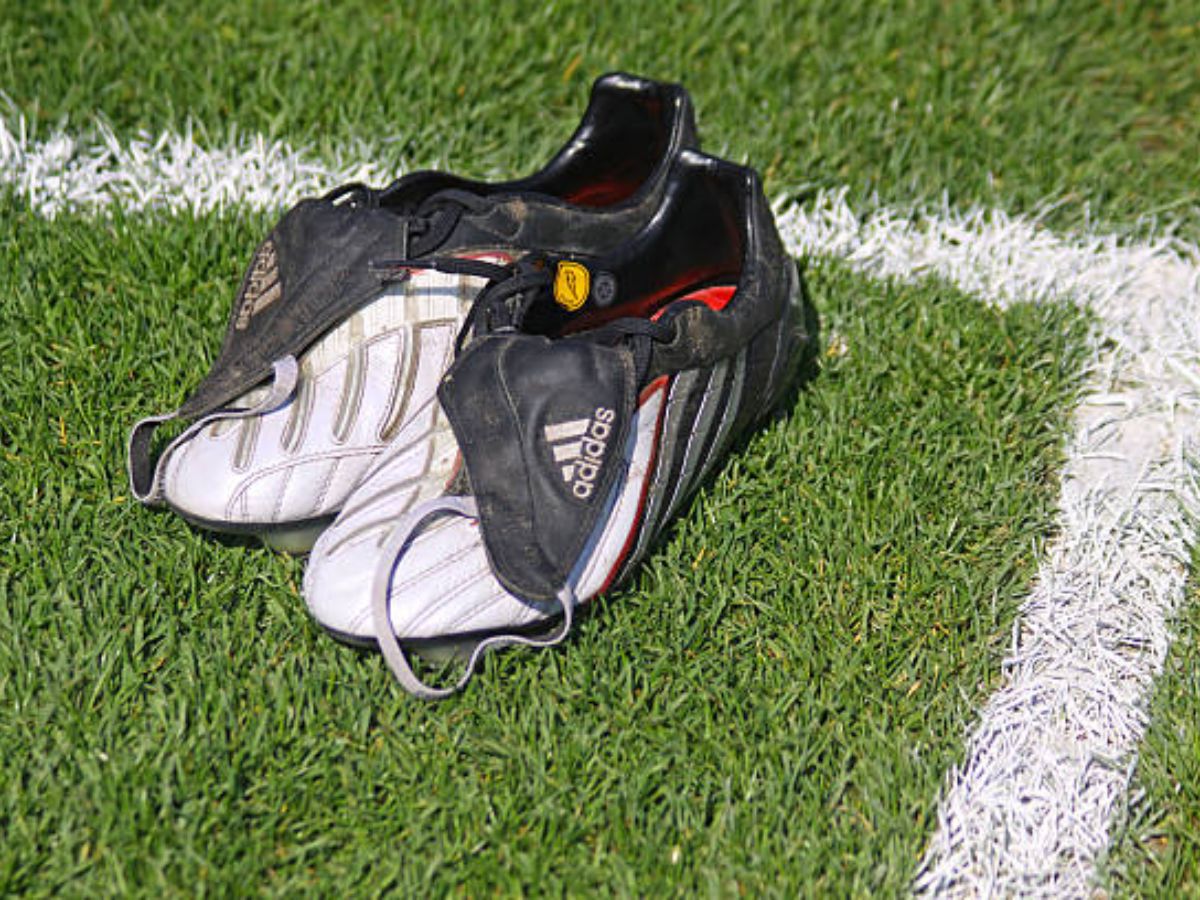Football cleats are designed for traction on grass and turf, while baseball cleats are geared towards providing stability on dirt and grass. In football, cleats are more aggressive and longer to prevent slippage during rapid direction changes, while baseball cleats have a spike configuration for better grip and traction on the diamond.
Football cleats often have ankle support, whereas baseball cleats are lower cut to allow for more ankle mobility during running and sliding. Football cleats also have a thicker midsole for shock absorption, while baseball cleats have a thinner sole for better ground feel.

Both cleats have different stud patterns specialized for their respective sports.
Contents Inside
Material And Construction
Football and baseball cleats differ significantly in terms of the materials used and construction variations. These variations have a direct impact on the performance and durability of the cleats. Football cleats are typically made with synthetic materials, such as synthetic leather or mesh, to provide lightweight and breathable options.
On the other hand, baseball cleats are often made with genuine leather to offer better stability and support. Additionally, football cleats feature studs or molded patterns on the sole for enhanced traction on different surfaces, while baseball cleats have metal or rubber spikes for better grip on the field.

These differences in materials and construction make each type of cleat ideal for their respective sport, ensuring players have the necessary equipment to excel in their games.
Traction And Sole Design
Football cleats are designed with specific features to improve grip on turf surfaces. The sole patterns and stud configuration help players maintain traction during quick movements and sudden direction changes. These cleats often have shorter, bladed or conical studs to penetrate the synthetic grass and prevent slippage.
On the other hand, baseball cleats are optimized for playing on grass fields. They typically have longer spikes that are strategically placed to provide maximum grip on the muddy or dirt surfaces found in baseball stadiums. The design of the sole patterns in baseball cleats allows for efficient traction and stability when running, sliding, or pivoting on the field.
The differences in traction and sole design between football and baseball cleats make them suitable for their respective sports and playing surfaces.
Support And Ankle Stability
Football cleats and baseball cleats differ significantly in terms of support and ankle stability offered. Football cleats prioritize support, as the game involves quick direction changes and high-impact movements. Manufacturers design football cleats with features like upper ankle support and midsole enhancements to reduce the risk of ankle injuries.
On the other hand, baseball cleats focus more on ankle stability to support players during running and sliding movements on the field. They usually have a low-cut design and cleats that provide traction without compromising mobility. Understanding the importance of support in football cleats and the emphasis on ankle stability in baseball cleats is crucial for player safety and injury prevention in each sport.
By choosing the right cleats, athletes can enhance performance and minimize the chances of foot and ankle-related injuries.

Frequently Asked Questions Of Differences Between Football And Baseball Cleats
Is There A Difference Between Football And Baseball Cleats?
Yes, there are differences between football and baseball cleats. Football cleats are designed for traction on grass and provide ankle support, while baseball cleats have metal spikes for better grip on dirt and grass.
Can You Wear Baseball Cleats For Football?
No, it is not recommended to wear baseball cleats for football. Baseball cleats have metal spikes, which are not allowed in football. Football cleats are designed to provide better traction and support specifically for football movements.
What Is The Main Difference Between Football And Baseball Cleats?
The main difference between football and baseball cleats is the type of outsole they have. Football cleats typically have molded or detachable studs for grip on grass, while baseball cleats have metal spikes for grip on dirt and grass.
Can You Wear Football Cleats For Baseball?
While it is possible to wear football cleats for baseball, it is not recommended. Football cleats have larger studs designed for different movements, which can be uncomfortable and may affect a player’s performance in baseball.
Conclusion
The differences between football and baseball cleats are evident in their design, traction, and functionality. Football cleats are designed to provide stability and support on grassy surfaces, with features like a higher ankle collar and a studded outsole for superior grip.
On the other hand, baseball cleats prioritize speed and agility on dirt or turf, featuring a lower-cut design and metal or molded rubber spikes for traction. Additionally, football cleats often have additional padding for player safety, while baseball cleats prioritize flexibility and lightweight construction.
These variations in design and functionality make it crucial for athletes to choose the right type of cleats for their specific sport and playing surface. By understanding the differences between football and baseball cleats, athletes can optimize their performance and minimize the risk of injuries.
So, whether you’re aiming to score a touchdown or hit a home run, make sure to choose the appropriate cleats for the game ahead.
